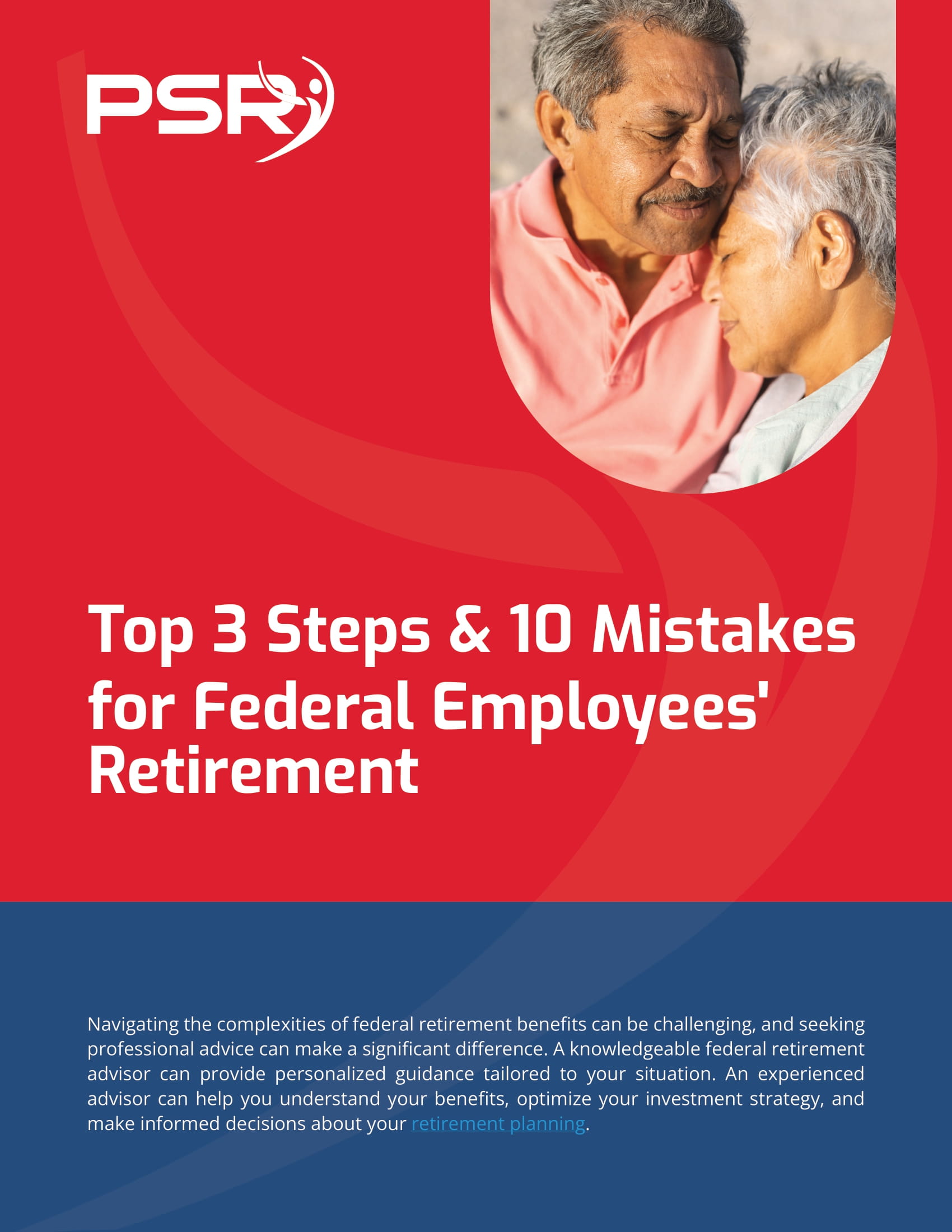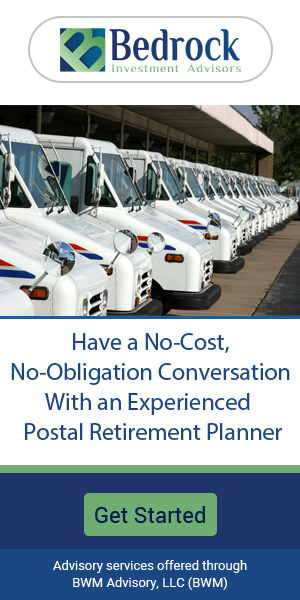Key Takeaways
-
Federal employees can optimize their retirement in 2025 by strategically planning their benefits, investments, and healthcare coverage.
-
Staying informed about policy changes and leveraging available resources are critical for securing financial stability in retirement.
Understanding Your Retirement Landscape
As a federal employee approaching retirement, the choices you make now can significantly shape your future. The retirement system, whether you’re under FERS or CSRS, offers various benefits, but these require careful planning to maximize their potential. In 2025, staying ahead means being proactive about your finances, healthcare, and other essential aspects.
1. Maximizing Your FERS or CSRS Benefits
Assessing Your High-3 Average
- Also Read: Why FEHB and Medicare Could Be the Most Important Decision You Make as a Retiree
- Also Read: Why Early Retirement Might Cost You More Than You Bargained for in Health Care
- Also Read: Stretching Out Your TSP Smartly Starts with This Often Ignored Option
Choosing the Right Retirement Date
Timing matters when it comes to federal retirement. Under FERS, retiring at the end of a pay period can maximize your annual leave payout. Also, consider retiring at the end of the calendar year, as this allows you to accrue the maximum leave benefits for that year.
2. TSP Contributions and Withdrawal Strategies
Maximizing Contributions
In 2025, the TSP elective deferral limit is $23,500. If you’re over 50, you can make catch-up contributions of up to $7,500, and for those aged 60 to 63, an additional catch-up contribution of $3,750 is allowed. Contributing the maximum amount not only reduces your taxable income but also helps secure your financial future.
Strategizing Withdrawals
Once you’re retired, how you withdraw from your TSP can impact your tax obligations and financial security. Consider withdrawing only what you need to supplement your pension and Social Security income. This minimizes your tax burden while allowing your remaining balance to grow.
3. Coordinating FEHB with Medicare
Understanding FEHB Coverage
The Federal Employees Health Benefits (FEHB) Program is a cornerstone of your retirement security. As a retiree, you can maintain your FEHB coverage, with the federal government continuing to pay about 70% of the premium.
Enrolling in Medicare
For retirees aged 65 and older, coordinating FEHB with Medicare is vital. Enrolling in Medicare Part A is typically a straightforward decision since there are no premiums. However, deciding on Medicare Part B requires a closer look at costs and benefits. Many retirees find that combining FEHB with Medicare provides comprehensive coverage while reducing out-of-pocket expenses.
4. Planning for Long-Term Healthcare Needs
Evaluating FEDVIP Options
Dental and vision care become increasingly important as you age. The Federal Employees Dental and Vision Insurance Program (FEDVIP) offers plans that can fill these gaps. While premiums and out-of-pocket costs can vary, these plans often provide a valuable safety net.
Considering Long-Term Care Insurance
Long-term care is one of the most significant expenses retirees face. The Federal Long Term Care Insurance Program (FLTCIP) is an option worth exploring. While premiums can be substantial, the peace of mind it provides can outweigh the cost.
Staying Informed About Policy Changes
Annual Adjustments and Updates
Federal retirement benefits, including pensions, TSP limits, and health insurance premiums, are subject to annual adjustments. In 2025, for example, the FEHB premiums increased by an average of 11.2%, and the TSP contribution limits rose. Staying updated on these changes ensures you’re making informed decisions.
Reviewing Open Season Options
Open Season, which occurs annually from mid-November to mid-December, is your opportunity to evaluate and adjust your FEHB and FEDVIP plans. This is the perfect time to compare options and ensure your coverage aligns with your needs and budget.
Financial Planning Beyond Federal Benefits
Exploring Investment Opportunities
Relying solely on your pension and TSP might not be enough. Diversifying your investments, such as through mutual funds, IRAs, or other financial instruments, can provide additional security. Consult with a financial advisor who understands federal retirement to create a balanced portfolio.
Managing Debt
Entering retirement debt-free is ideal. If you still have outstanding loans, prioritize paying them off before you retire. High-interest debt, such as credit cards or personal loans, can erode your retirement savings quickly.
Building a Legacy
Understanding Survivor Benefits
If you’re married, ensuring your spouse is financially secure is crucial. Federal retirement systems offer survivor benefit options that provide a portion of your pension to your spouse after your passing. Carefully consider the costs and benefits of these options.
Updating Your Beneficiary Information
Life changes, such as marriage, divorce, or the birth of a grandchild, should prompt you to review and update your beneficiary designations. This ensures your benefits are distributed according to your wishes.
Making the Most of Your Retirement Years
Embracing Lifelong Learning
Retirement is the perfect time to pursue interests you’ve put on hold. Many retirees find fulfillment in taking classes, exploring hobbies, or volunteering. These activities keep you mentally and socially engaged.
Maintaining Physical and Mental Health
Staying active and healthy is essential for enjoying retirement. Federal retirees have access to wellness programs and discounts through their FEHB plans. Take advantage of these resources to maintain your health and well-being.
Secure Your Financial Future
Navigating retirement as a federal employee in 2025 involves a mix of planning, adapting to changes, and making informed decisions. By focusing on your pension, TSP, healthcare, and personal finances, you can create a comfortable and secure retirement lifestyle. Take action now to ensure your golden years are as rewarding as you’ve envisioned.













